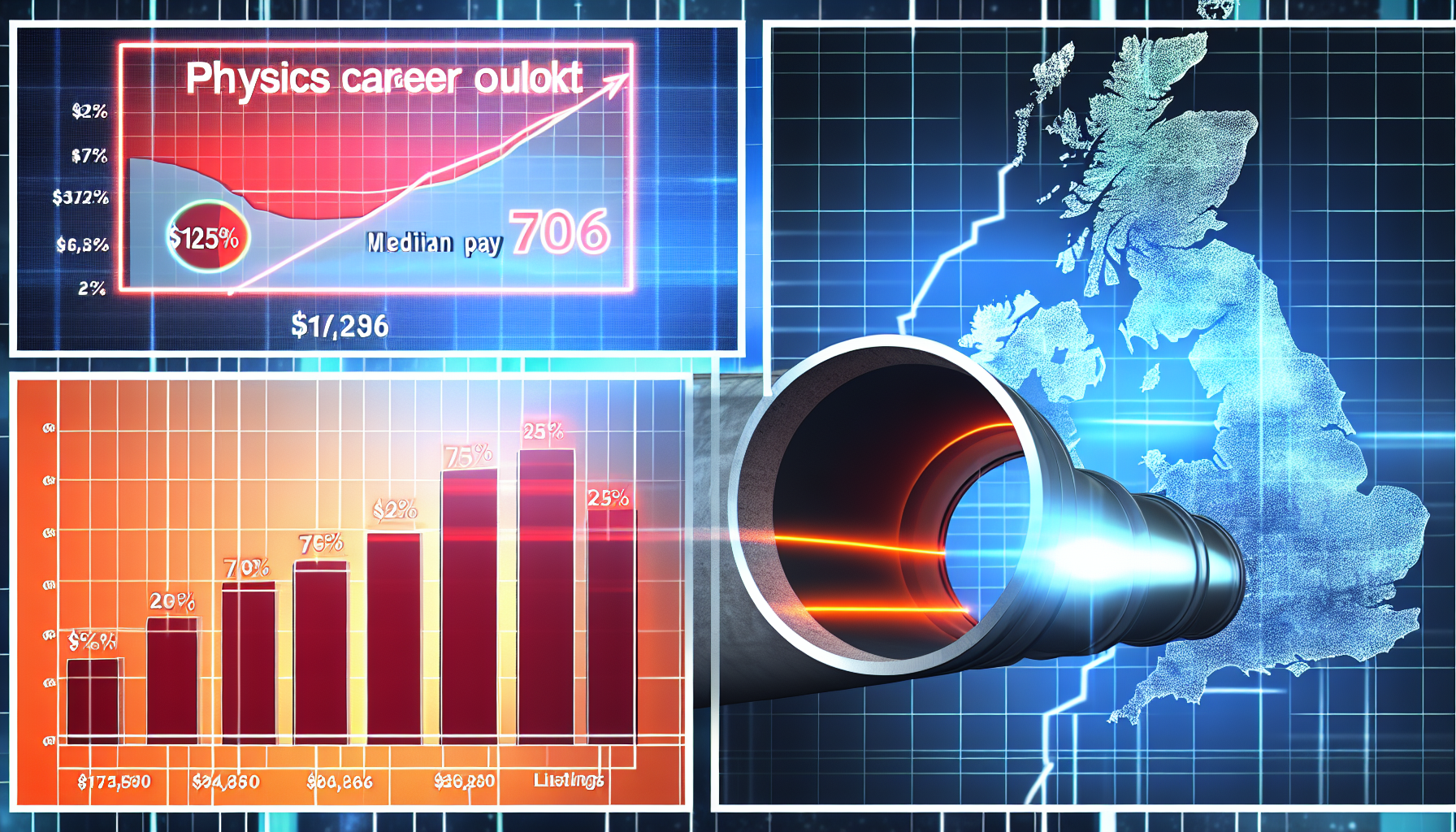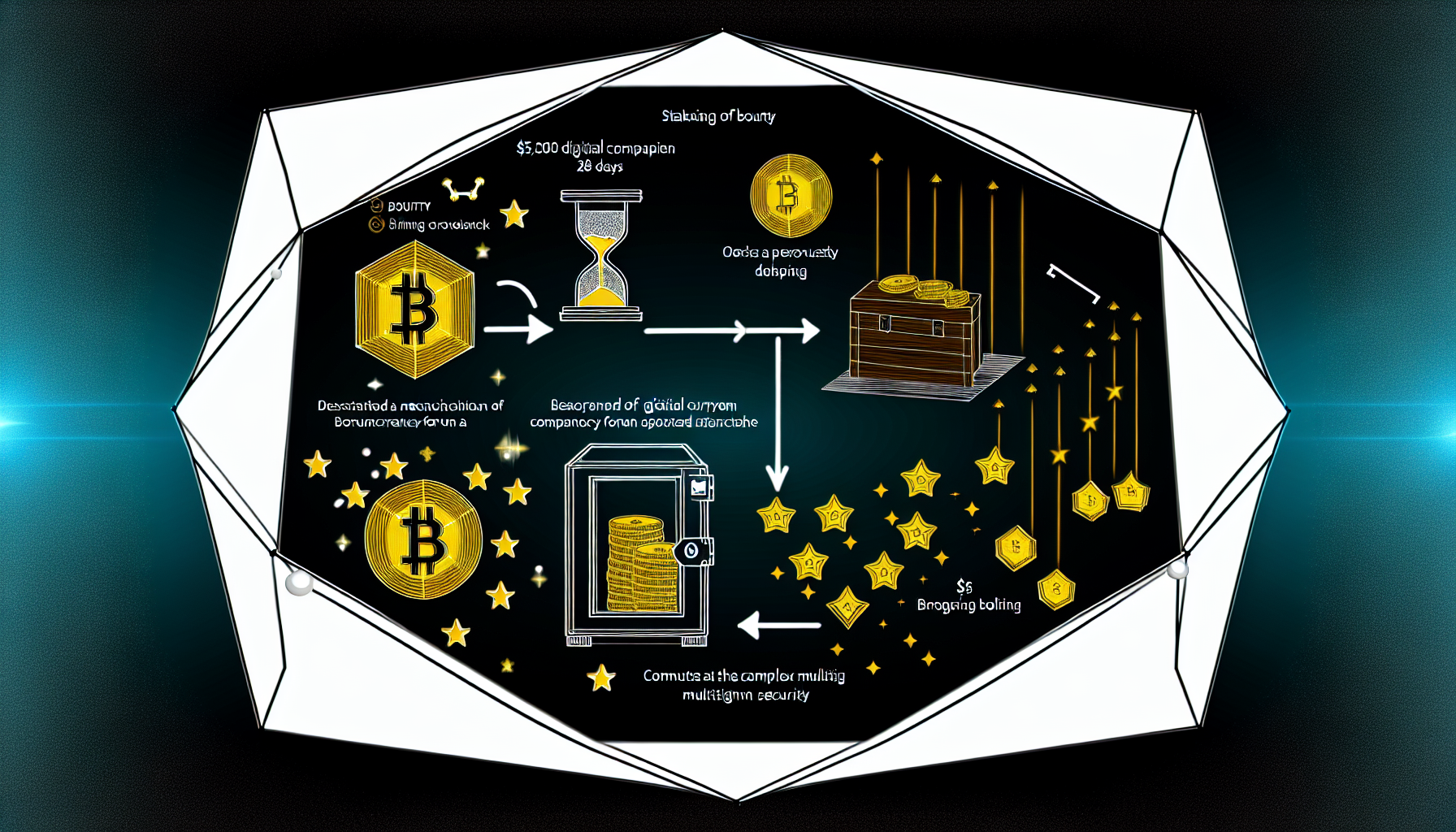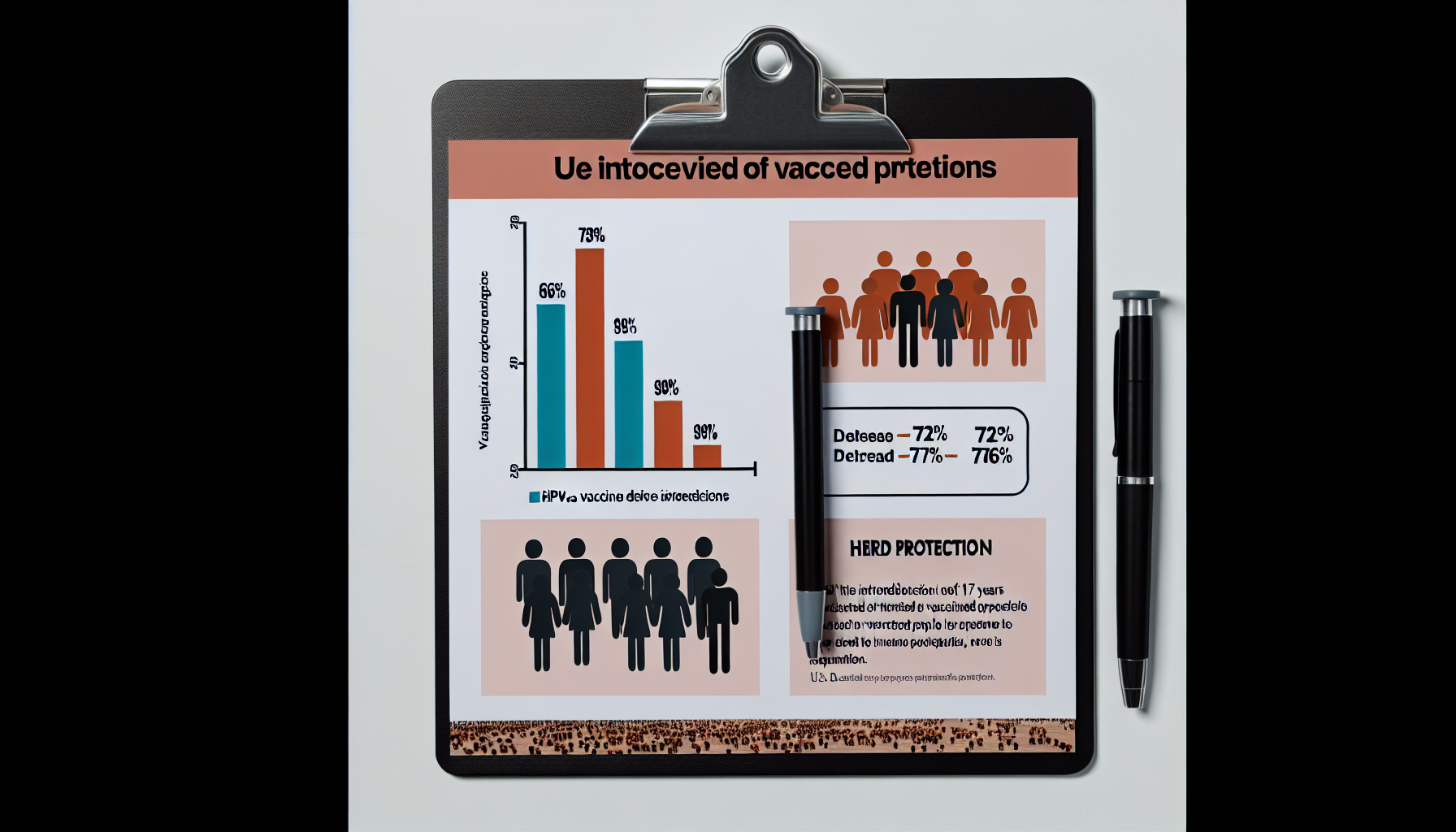Students and professionals joining this weekly discussion face a 2025 landscape for physics careers that blends strong wages and hiring momentum with a strained education pipeline. U.S. physicists earn a $166,290 median, with 7% projected growth through 2023–2033 and about 1,600 openings yearly, signaling durable demand across sectors [2]. Physics Today shows 706 live job listings, a useful real-time gauge of market depth for early-career and lateral moves [4]. Yet England reports 25% of state secondary schools without a dedicated physics teacher, a structural warning for future supply and participation [1].
Key Takeaways
– shows 25% of England’s state secondaries lack physics teachers, impacting about 700,000 pupils; 3,500 specialists needed and £120 million over ten years [1]. – reveals $166,290 median pay for physicists, 7% growth through 2033, about 1,600 annual openings, with 35% in R&D, 15% federal, 12% colleges [2]. – demonstrates expanding quantum information roles in 2025’s International Year of Quantum; APS urges inclusive training to meet industry demand and transferable skills [3]. – indicates 706 live Physics Today Jobs postings, with tailored alerts and quantum-focused growth highlighted alongside 2024 careers trends and hiring advice [4]. – suggests competitive academic pay, with Nature listings noting CA$98,982–128,599 salaries and postings updated within days, underscoring international mobility in physics [5].
Why a 25% teacher shortfall matters for physics careers
Published September 2, 2025, analysis by the Institute of Physics finds a quarter of England’s state secondary schools lack a dedicated physics teacher, affecting about 700,000 pupils and threatening the pipeline that feeds university programs and advanced training [1].
The IoP estimates 3,500 additional specialists are needed and urges a £120 million, ten‑year investment to stabilize recruitment and retention, calling current conditions “deeply concerning” for subject continuity and quality [1].
For people weighing physics careers, this shortage implies near‑term demand for physics‑specialist teachers, department heads, and teacher‑training mentors as school systems seek to rebuild capacity. Over the medium term, reduced exposure to specialist instruction could depress degree enrollments, prompting universities and governments to expand outreach, transition supports, and scholarships to sustain the talent flow into research, industry, and education.
Pay, growth, and openings shaping physics careers in the U.S.
On wages and growth, the U.S. Bureau of Labor Statistics reports a $166,290 median annual pay for physicists, 7% projected employment growth from 2023–2033, and roughly 1,600 average annual openings—signs of steady replacement needs and expanding roles across laboratories and high‑tech employers [2].
Employment is concentrated in a few anchors: 35% of physicists work in research and development services, 15% in the federal government, and 12% in colleges and universities. Those shares shape where entry‑level candidates are most likely to land and signal which sectors are most responsive to grant cycles, national priorities, and industry roadmaps [2].
For jobseekers, these proportions translate into practical target lists: R&D employers for applied physics and product development; federal agencies and labs for mission‑driven discovery; and academia for research‑teaching tracks aligned with long‑term scholarly goals. Because the BLS data reflect May 2024 conditions, they also provide a recent baseline for salary negotiations and geographic comparisons across major research hubs [2].
Quantum’s breakout year and the skills employers want
The American Physical Society’s 2025 sixth‑edition Careers Guide flags quantum information science as a “tremendous opportunity,” aligning with the International Year of Quantum and emphasizing inclusive training pathways and the portability of physics skills into emerging markets [3].
APS ties the quantum wave to workforce priorities: expand access, diversify participation, and integrate practical training so that graduates can translate foundational physics into deployable tools and platforms. For students and career‑switchers, this implies building coursework and projects that bridge research and industry needs, from algorithmic thinking to systems‑level problem solving—without abandoning the core analytical rigor prized by employers [3].
Physics Today likewise links 2025’s quantum emphasis to tangible job‑search utilities—from tailored alerts to resume tools—so candidates can track how subfields, locations, and employer types are shifting as quantum‑adjacent hiring ramps up [4].
Real-time hiring signals: 706 listings and global salaries
Physics Today Jobs provides a snapshot of market depth with 706 live postings, plus features such as tailored alerts, resume uploads, and employer outreach that help applicants calibrate search intensity and timing by subfield and geography [4].
Nature Careers underscores international mobility and pay transparency: recent physics researcher and assistant professor postings show salaries such as CA$98,982–128,599, with new roles appearing within days—useful for planning cross‑border applications and understanding compensation bands for early‑career academics [5].
Searchable filters for discipline, job type, and deadlines make it possible to prioritize applications, compare pay across regions, and manage timelines for interviews and start dates across both academic and industry roles [5].
Strategies and discussion prompts for this week
Map your search to where hiring is concentrated: aim at R&D services (35%), federal government (15%), and colleges (12%), aligning skills, publications, and resumes with each sector’s norms [2]. Educators and career‑changers should watch England’s quantified need—3,500 specialists and a proposed £120 million, ten‑year plan—since new funding could expand hiring and training cohorts [1]. Set alerts on job boards to benchmark activity; 706 live postings offer a weekly target for applications, informational interviews, and networking follow‑ups [4]. Prioritize quantum information science training to capture a 2025 “tremendous opportunity” in growth roles across industry and academia [3]. Consider international paths where pay bands are explicit—CA$98,982–128,599 assistant professor packages—and plan around rapid posting cycles [5].
Questions to drive the thread: – Which sector’s share—R&D, federal, or academic—best matches your skills and publication profile? – How are you building quantum information competencies to meet 2025 demand? – If you teach, what incentives or training would help recruit or retain physics specialists? – Which job boards and alerts most closely match your subfield and geographic constraints? – What salary bands or benefits are you seeing for early‑career roles, and how do they compare globally?
Sources: [1] The Guardian – Quarter of schools in England lack a physics teacher, analysis finds: www.theguardian.com/education/2025/sep/02/quarter-schools-england-lack-physics-teacher” target=”_blank” rel=”nofollow noopener noreferrer”>https://www.theguardian.com/education/2025/sep/02/quarter-schools-england-lack-physics-teacher [2] U.S. Bureau of Labor Statistics – Physicists and Astronomers : Occupational Outlook Handbook: https://www.bls.gov/ooh/Life-Physical-and-Social-Science/Physicists-and-astronomers.htm [3] American Physical Society – Careers Guide: www.aps.org/publications/reports/careers-guide” target=”_blank” rel=”nofollow noopener noreferrer”>https://www.aps.org/publications/reports/careers-guide [4] Physics Today – Physics Today Jobs | jobs | Choose from 706 live job openings: https://jobs.physicstoday.org/ [5] Nature – Physics Researcher jobs | Nature Careers: www.nature.com/naturecareers/jobs/physics/researcher/” target=”_blank” rel=”nofollow noopener noreferrer”>https://www.nature.com/naturecareers/jobs/physics/researcher/
Image generated by DALL-E 3










Leave a Reply